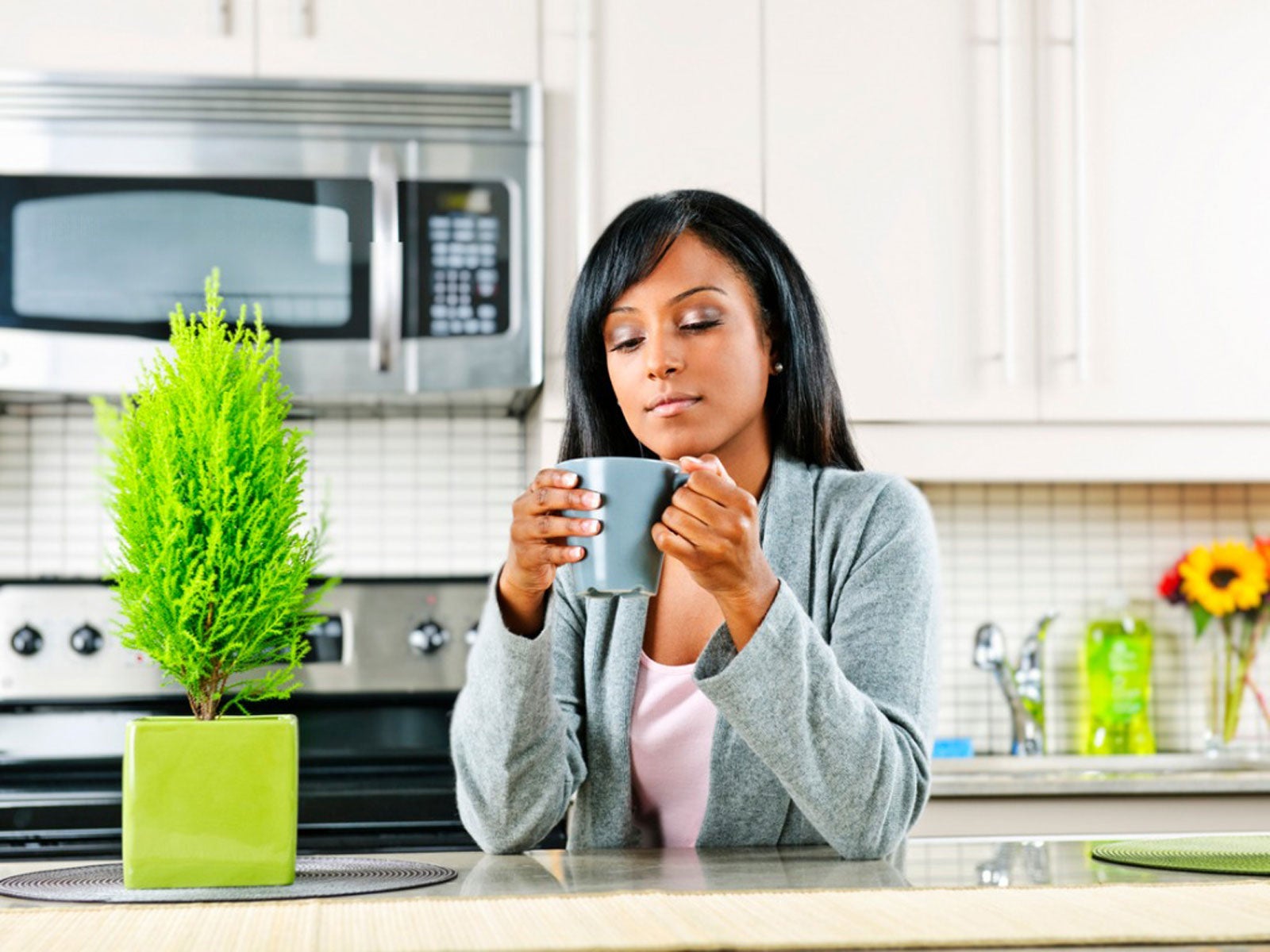Seasonal SAD Disorder: Treating Seasonal Affective Disorder With Plants


Can you have seasonal anxiety? Yes, you can. Commonly termed as seasonal SAD disorder, or otherwise known as Seasonal Affective Disorder (SAD), this type of depression fluctuates with the seasons. Read on to learn more about Seasonal Affective Disorder and gardening, and how plants can help ease the symptoms.
How Does Gardening Help with SAD?
Can gardening improve the symptoms of those diagnosed with Seasonal Affective Disorder? Absolutely! The onset of SAD is usually in fall and lasts through the low-light days of winter. When spring returns, and an increase in day length and light, the affliction normally subsides.
Symptoms such as low energy, overeating, weight gain, social withdrawal, and daytime sleepiness are common in addition to major depression. It has been theorized that an activity such as indoor gardening can help ease the symptoms by bringing the person closer to light, such as when tending to plants near a window.
According to the National Initiative for Consumer Horticulture, studies show that rooms with green plants stimulate a “physiological and psychological relaxation response” in humans. In fact, it is well known that plants make us happy, as seen with biophilia.
Treating Seasonal Affective Disorder with Plants
SAD treatments generally prescribed are medication, light therapy, and/or psychotherapy, according to SAD resources. Treating Seasonal Affective Disorder with plants as one form of therapy could improve the sufferer’s outlook, especially those with a less severe depression.
By growing plants with colorful foliage or bright winter flowers, the lift could be akin to receiving an unexpected bouquet for a birthday or anniversary. It is also possible to grow fruit indoors, such as dwarf lemon trees, or a windowsill full of herbs. The real adventurer can even grow vegetables inside. Seeing positive results from the care given to plants can boost confidence and pride.
For those who would like to start growing houseplants, here is a list of plants that require minimal upkeep but add natural beauty indoors.
Gardening tips, videos, info and more delivered right to your inbox!
Sign up for the Gardening Know How newsletter today and receive a free copy of our e-book "How to Grow Delicious Tomatoes".
- Sansevieria – Also called snake plant, it is a good vertical plant that truly thrives on neglect.
- Thanksgiving cactus – It is very forgiving if you forget to water. Following a few instructions for Thanksgiving cactus will ensure bright blooms in November or December.
- Amaryllis – Purchase amaryllis in the fall for large, trumpet-shaped blooms in time for Christmas.
- Variegated Pothos – Pothos is a trailing plant with heart-shaped leaves that thrives with minimal care.
- Schefflera – The upright schefflera plant has leaflets reminiscent of little umbrellas and doesn’t even need fertilizer.
- Lucky Bamboo – The lucky bamboo plant grows easily in a container of water; be sure to refill when needed.
- Spider Plant – Spider plants need water and light to be happy and produce plantlets at the ends of long stems.
- Haworthia – Haworthia succulents stay short but multiply in width. They’re quite easy to grow and need little water.
Not only does indoor gardening elevate one’s mood, but studies show that indoor plants can improve one’s health too. Indoor greenery helps to clear the air of toxins, such as formaldehyde, and increase oxygen levels in a room, while decreasing carbon dioxide, according to NICH.
So everyone’s health can benefit by adding a variety of green houseplants to their rooms.

After graduating from Oklahoma State University with a degree in English, Susan pursued a career in communications. In addition, she wrote garden articles for magazines and authored a newspaper gardening column for many years. She contributed South-Central regional gardening columns for four years to Lowes.com. While living in Oklahoma, she served as a master gardener for 17 years.